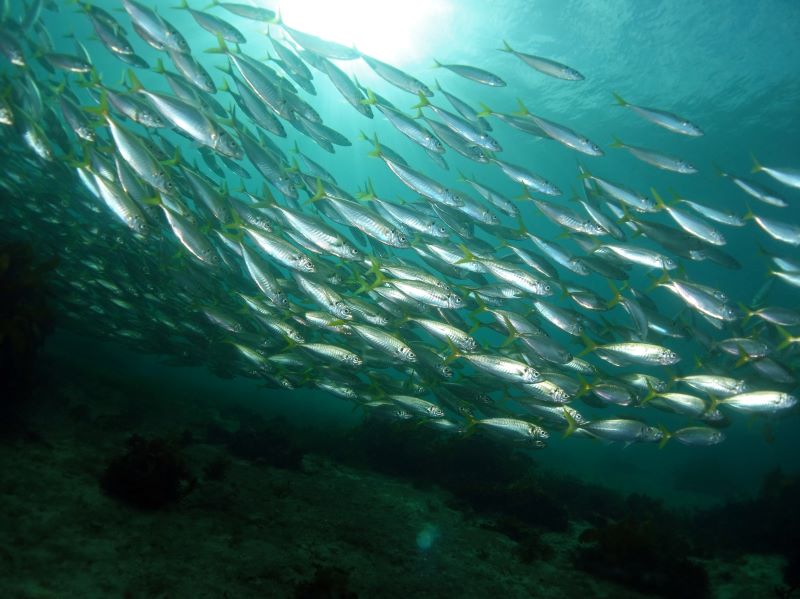
Ecology
Ecology is the science of how living things interact with each other and their environment. You can see ecology in action in the amazing variety of marine habitats in Cabbage Tree Bay Aquatic Reserve and how plants and animals interact with these habitats.
Marine habitats
Marine habitats provide food, shelter and a place to reproduce for marine plants, animals, algae, fungi, and microorganisms. The different marine habitats and physical conditions in Cabbage Tree Bay Aquatic Reserve support a great diversity of marine life.
Marine habitats include the open water, rock, or sediments such as sand or mud. Rock and sediment habitats can be changed by the plants or animals living there (e.g. kelp, seagrass, cunjevoi, sponges or corals), to the point they create a different type of habitat for other plants and animals. These are called habitat-forming species, and they create further diversity to the ecology of the area.
Habitats in the aquatic reserve vary with different exposure to waves. Some areas are directly exposed to ocean waves, whereas the western facing bay provides sheltered waters.
Marine habitats also vary with the influence of the tide. There are three major zones:
- supralittoral or splash zone – covered only during high spring tides.
- littoral or intertidal – covered regularly between high and low tides.
- sublittoral or subtidal – never exposed, even during the lowest low tides.
Cabbage Tree Bay Aquatic Reserve aims to conserve all marine plants, animals and habitats from mean high water including intertidal and subtidal zones.



